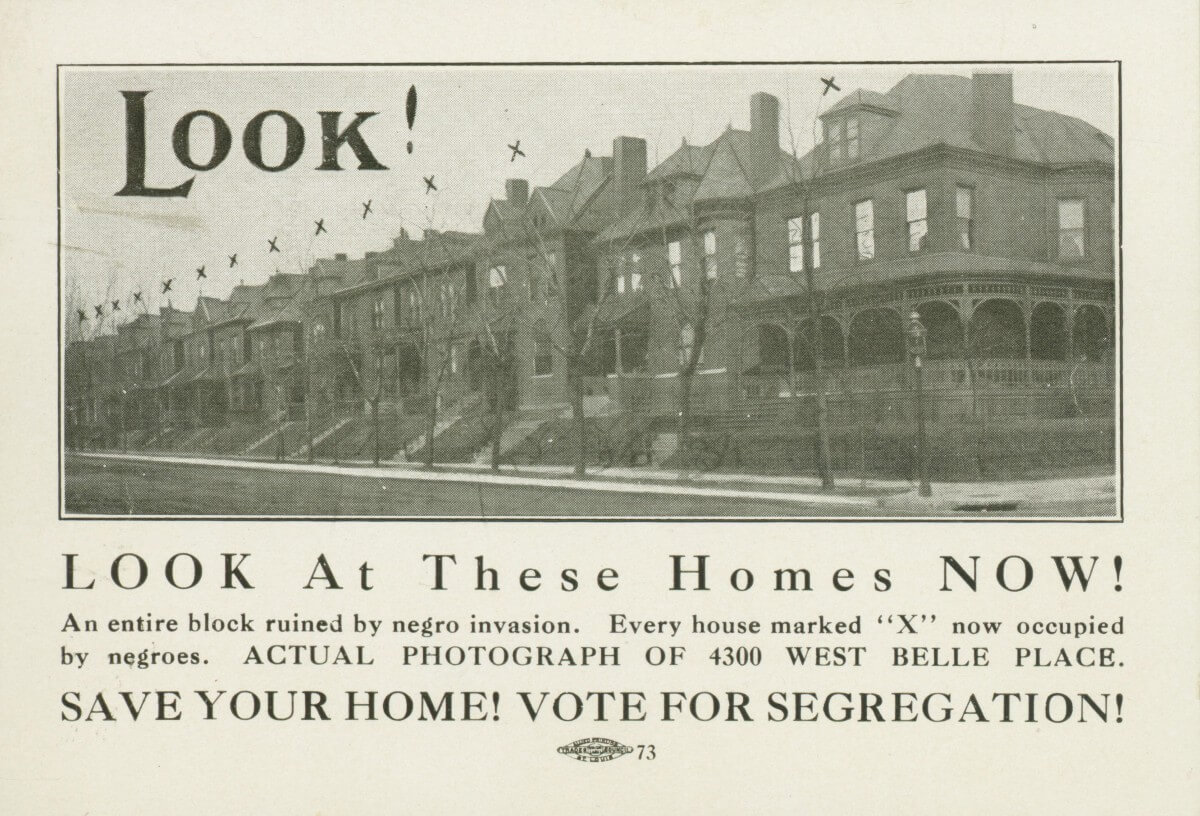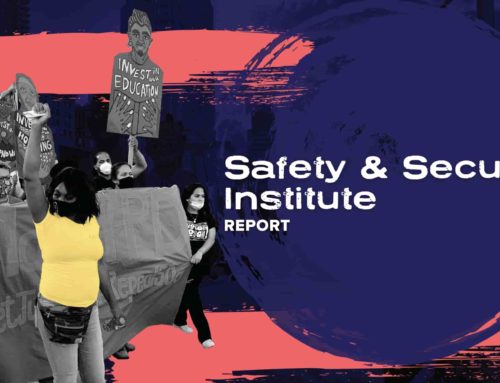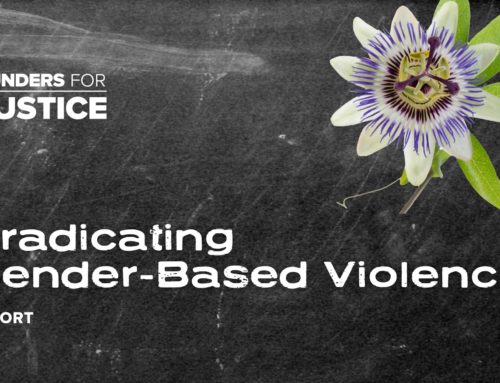By Richard Rothstein, Economic Policy Institute, October 15, 2014.
Executive summary
In August 2014, a Ferguson, Missouri, policeman shot and killed an unarmed black teenager. Michael Brown’s death and the resulting protests and racial tension brought considerable attention to that town. Observers who had not been looking closely at our evolving demographic patterns were surprised to see ghetto conditions we had come to associate with inner cities now duplicated in a formerly white suburban community: racially segregated neighborhoods with high poverty and unemployment, poor student achievement in overwhelmingly black schools, oppressive policing, abandoned homes, and community powerlessness.
Media accounts of how Ferguson became Ferguson have typically explained that when African Americans moved to this suburb (and others like it), “white flight” followed, abandoning the town to African Americans who were trying to escape poor schools in the city. The conventional explanation adds that African Americans moved to a few places like Ferguson, not the suburbs generally, because prejudiced real estate agents steered black homebuyers away from other white suburbs. And in any event, those other suburbs were able to preserve their almost entirely white, upper-middle-class environments by enacting zoning rules that required only expensive single family homes, the thinking goes.
No doubt, private prejudice and suburbanites’ desire for homogenous affluent environments contributed to segregation in St. Louis and other metropolitan areas. But these explanations are too partial, and too conveniently excuse public policy from responsibility. A more powerful cause of metropolitan segregation in St. Louis and nationwide has been the explicit intents of federal, state, and local governments to create racially segregated metropolises…read more.



